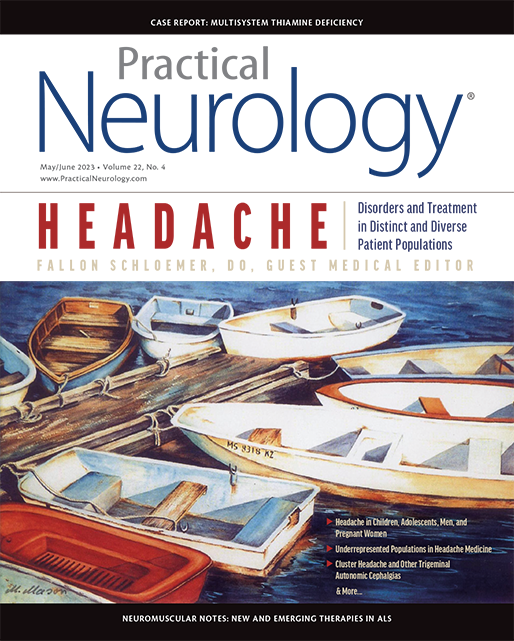


#Sleep related hypermotor epilepsy license
This aspect should be mentioned during physician-to-patient communication about prognosis.ĭriver's license evolution patterns nocturnal frontal lobe epilepsy sleep-related hypermotor epilepsy sleep/wakefulness distribution. Patients presenting with awake seizures have a 94% probability of awake seizures lifelong, whereas in those presenting with asleep seizures only, the percentage lowers to 27%. On multivariate analysis, distribution of sleep/awake seizures at onset was confirmed as an independent risk factor of awake seizures lifelong (odds ratio = 56.7). Presentation with seizures in wakefulness shows a sensitivity of 62.5% and a specificity of 96.5% to predict the occurrence of awake seizures lifelong, with an LR + of 18 (95% confidence interval = 5.75-55) and LR- of 0.39 (95% CI = 0.29-0.52). Most (67.9%) presented with seizures exclusively from sleep 32.1% presented with seizures both while asleep and while awake, or exclusively during wakefulness. 21 Citations Metrics Opinion statement Sleep has a strong influence on interictal epileptiform discharges and on epileptic seizures. We included 165 patients (male/female: 105/60) with a 27.6-year median follow-up. Semantic Scholar extracted view of From nocturnal frontal lobe epilepsy to Sleep-Related Hypermotor Epilepsy: A 35-year diagnostic challenge by P. Although many aspects of DOA have been clarified in the last two decades there is still a lack of objective and quantitative diagnostic criteria for DOA. Positive and negative likelihood ratio (LR+, LR-) were calculated. Furthermore, adult DOA need to be differentiated from other sleep disorders such as Sleep-related Hypermotor Epilepsy or REM Sleep Behavior Disorder. Chi-square test and a multivariate logistic regression model were used to identify predictors of awake seizures lifelong (primary endpoint). We evaluated the clinical features and sleep/wakefulness distribution of seizures at onset and lifelong in a large cohort of clinical/confirmed SHE. Awake seizures occasionally occur and are associated with a worse prognosis, with important implications for driving and quality of life. Sleep-related hypermotor epilepsy (SHE) is characterized by hyperkinetic seizures arising from sleep.


 0 kommentar(er)
0 kommentar(er)
